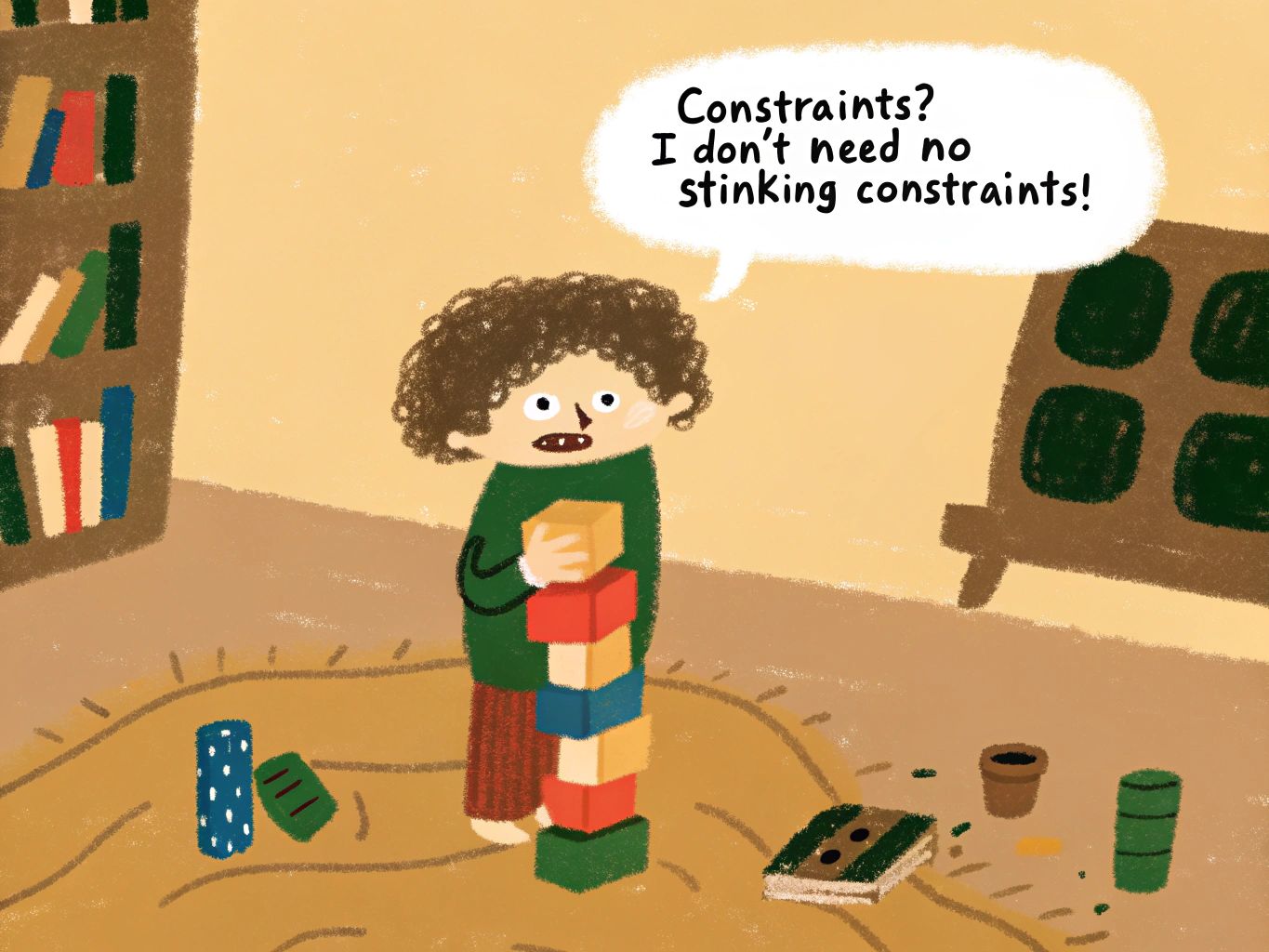Smart People Don't Chase Goals - They Create Limits
Recently, Joan Westenberg shared an interesting article, “Smart People Don’t Chase Goals; They Create Limits”. Joan argues that in many complex situations, focusing on creating clear boundaries and constraints is far more effective than chasing specific goals. This idea aligns with my own experiences, especially when I consider strategy implementation or ensuring architectural principles are followed in systems engineering.
I have found that communicating “guardrails” and then checking that they are applied is often much more effective than dictating precise steps. This approach allows developers the freedom to innovate and use their imagination, rather than being stifled by overly prescriptive instructions. In systems engineering, for instance, defining clear non-functional requirements like performance thresholds or security protocols allows teams to design creative solutions that meet the system’s core needs without being told exactly how to build them.

Think about it in terms of raising children. It is not very effective to set the goal of “having a nice afternoon”. Instead, it is much more productive to stimulate their creativity by providing an environment with clear boundaries, within which they can explore and play freely. This allows them to develop their own ideas and solutions, leading to a much more engaging and positive outcome.
Joan writes about it as follows:
“Constraints do not block creativity. They aim it. The sonnet form is maddeningly restrictive. Yet Shakespeare produced infinite meaning inside 14 lines. Jazz musicians work within a key and tempo. Architects must respect the load-bearing capacity of concrete. The painter who begins with a blank canvas faces more paralysis than the one who starts with a frame and a palette.”
This perspective shifts our focus from a rigid outcome to the enabling environment. It is about defining the playing field, not just the score. Another quote from the article that I liked:
“Goals often focus our attention on the visible holes. But it’s the invisible constraints that tell us what really matters.”
This is shown by the WWII bomber example in the article:
“In WWII, when allied bombers returned to base riddled with bullet holes, engineers initially proposed reinforcing the areas with the most damage. But statistician Abraham Wald pointed out the flaw: they were only seeing the planes that made it back. The holes marked the survivable areas. The real vulnerabilities were the untouched parts on the returning planes, because the ones hit there never came home.”
It is about understanding the underlying system and its true vulnerabilities, not just the superficial damage.
While constraints are powerful, there are certainly situations where setting clear goals is productive:
- Training for a marathon: A specific distance and time are clear objectives.
- Preparing for an exam: A defined curriculum and passing score provide a direct goal.
- Shipping a product by a hard deadline: A fixed delivery date necessitates a goal-oriented approach.
- Learning a new skill: Achieving proficiency in a specific area can be a clear goal.
- Saving for a down payment on a house: A specific financial target is a tangible goal.
In these finite, controlled, and well-understood domains, goals are perfectly suitable. However, for ambiguous, ill-defined problems, or when fostering innovation, embracing constraints and boundaries can lead to far more robust and creative solutions. It is about creating the right environment for success, rather than just pointing to a finish line.